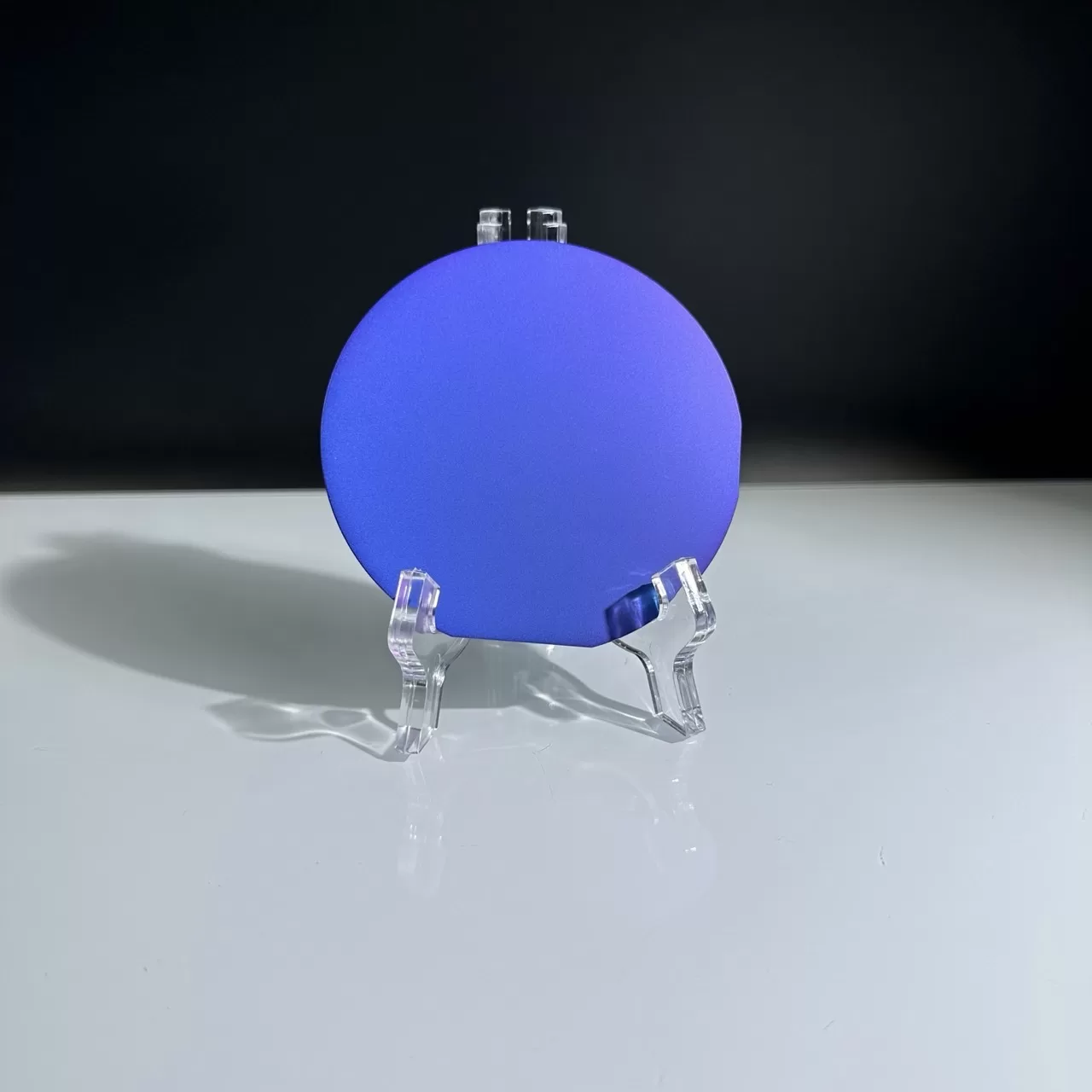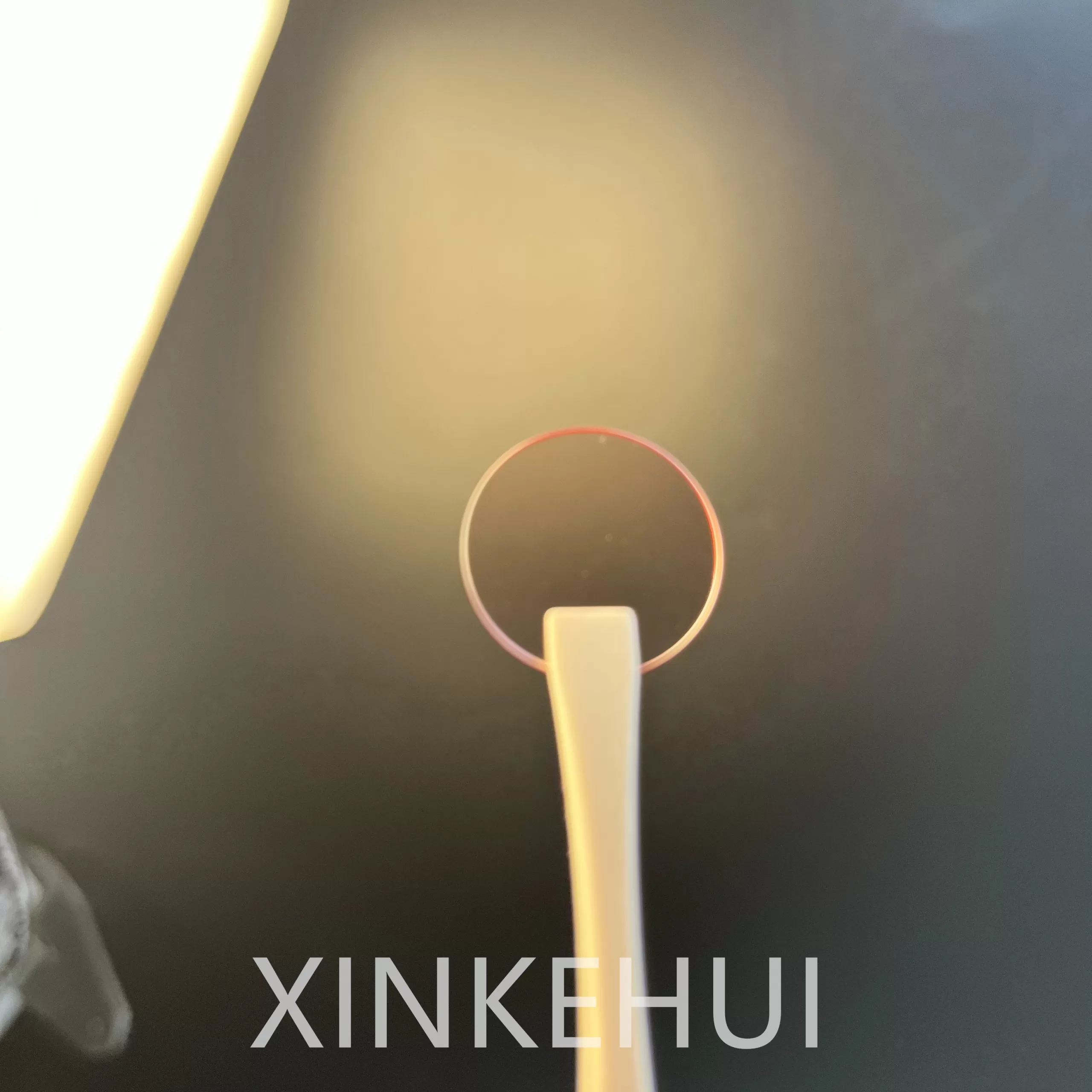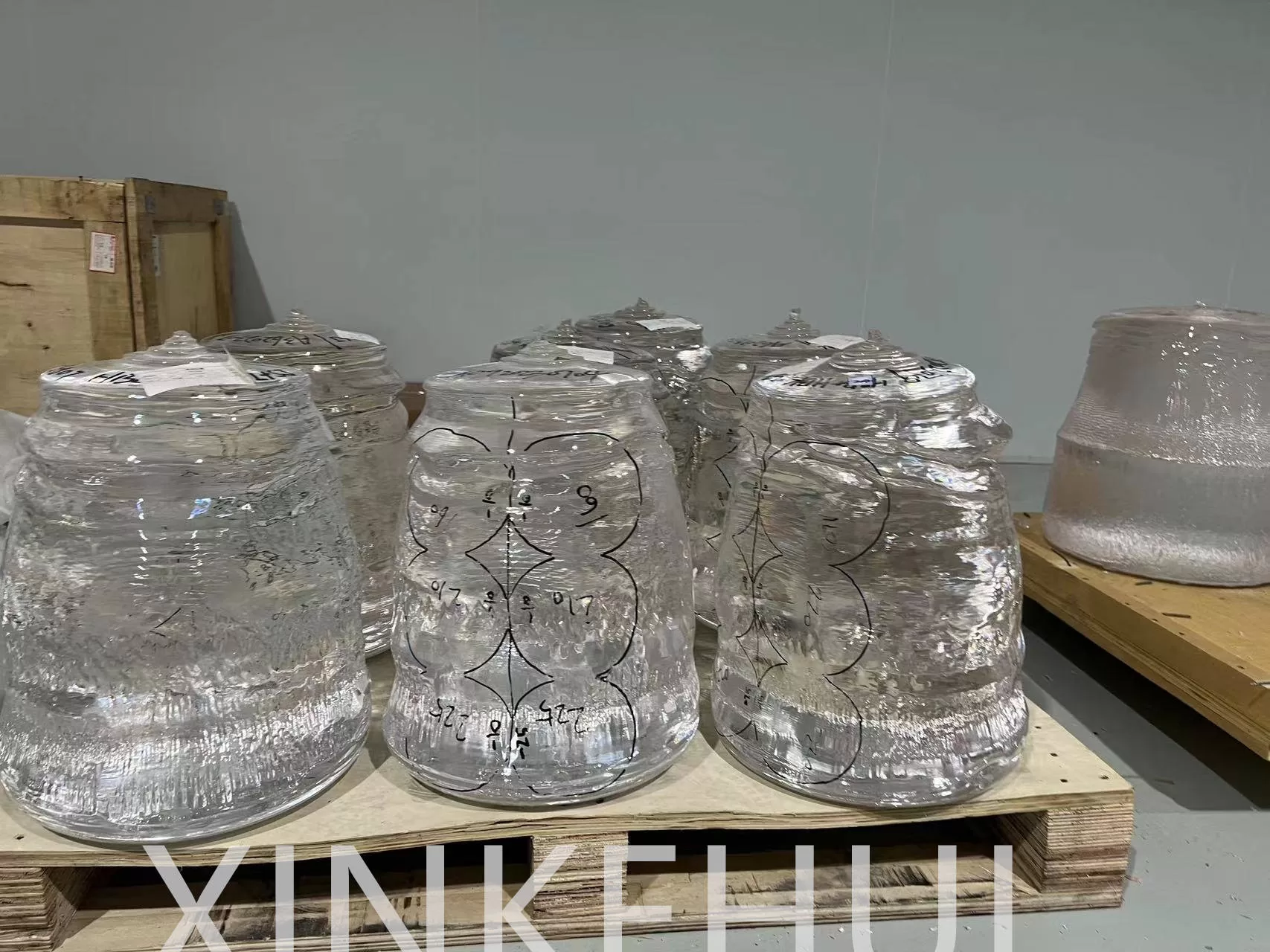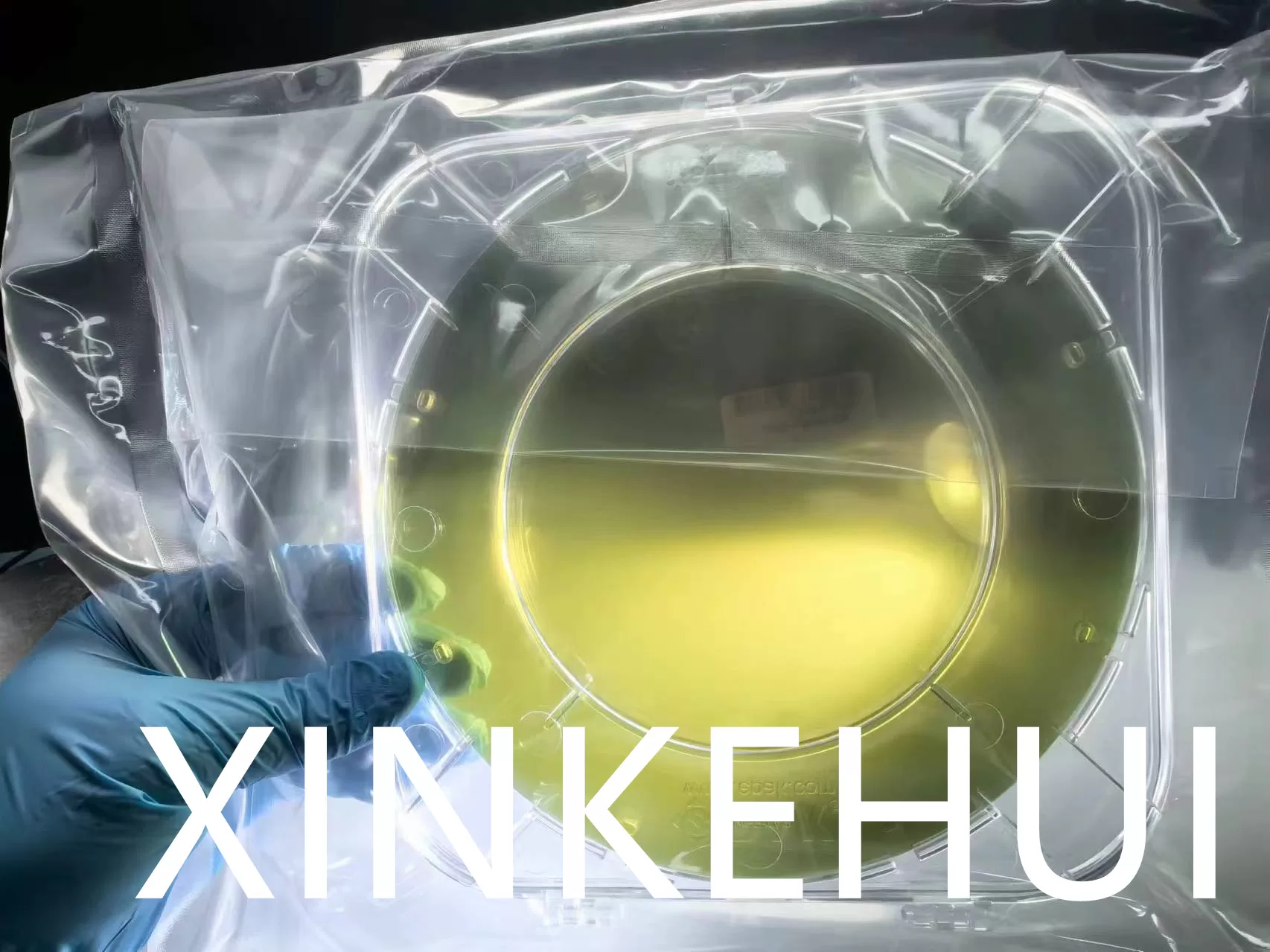Reliable 4/6/8inch Premium Multi-Crystalline Sapphire Plate for Enhanced Optical Performance
- +86138-1617-9243
- [email protected]

Focus on the field of new material !

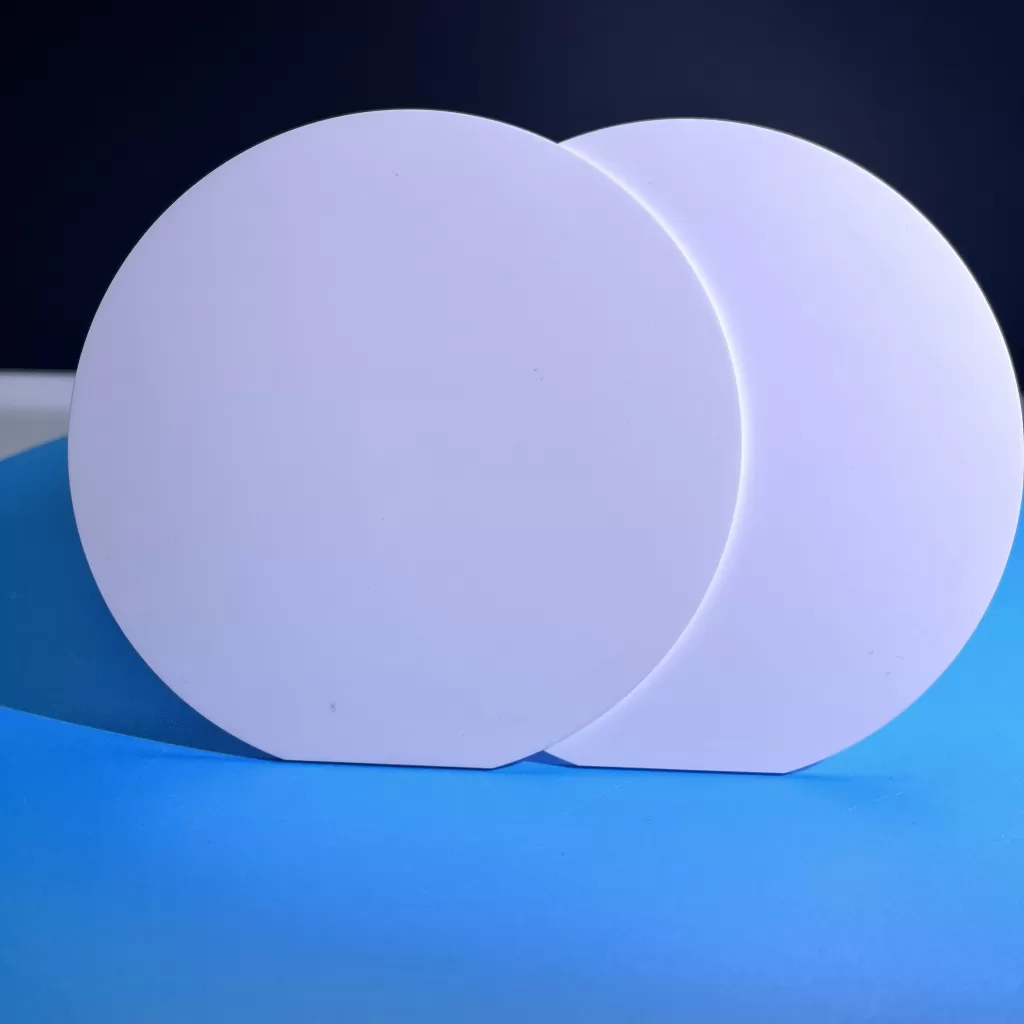
Multi-crystalline sapphire plates, known for their remarkable properties, have garnered significant interest across diverse fields due to their exceptional mechanical, optical, and thermal characteristics. This review explores the synthesis methods, structural properties, and the wide-ranging applications of multi-crystalline sapphire plates. Various fabrication techniques, including directional solidification and sintering processes, are discussed in detail, highlighting their influence on the microstructure and properties of the resulting plates. Structural analyses reveal the presence of multiple crystalline orientations within the sapphire lattice, contributing to its unique mechanical resilience and optical transparency.
Furthermore, this paper delves into the multifaceted applications of multi-crystalline sapphire plates, spanning industries such as electronics, optics, aerospace, and medical devices. In electronics, these plates serve as robust substrates for high-power semiconductor devices, offering superior thermal conductivity and electrical insulation properties. In optics, their exceptional transparency across a broad spectral range makes them ideal for optical windows, lenses, and substrates in lasers and imaging systems. Additionally, their resistance to harsh environmental conditions makes them valuable components in aerospace applications, including aircraft windows and sensor protection.
Moreover, the biocompatibility and inertness of sapphire make it an attractive material for medical implants and surgical tools, where reliability and durability are paramount. The versatility of multi-crystalline sapphire plates extends to various other fields, including sensor technology, microelectronics, and watchmaking. Future research directions are also outlined, focusing on enhancing the manufacturing processes, optimizing material properties, and exploring novel applications in emerging technologies.
In summary, multi-crystalline sapphire plates represent a promising material platform with diverse applications and untapped potential. Understanding their synthesis, properties, and applications is crucial for harnessing their full capabilities across numerous industries, paving the way for innovative advancements in technology and engineering.
Multi-Crystalline Sapphire plates find applications across various industries and fields, owing to their exceptional properties. Some of the key applications include:
These applications showcase the versatility and usefulness of Multi-Crystalline Sapphire plates across different sectors, highlighting their significance in various technological advancements and innovations.
Crystal Growth and Processing Techniques for Multi-Crystalline Sapphire Plates:
Verneuil Method (Flame Fusion): This traditional method involves the melting of high-purity aluminum oxide (Al2O3) powder in a high-temperature flame, typically oxyhydrogen. The molten droplets solidify on a seed crystal, progressively building a larger crystal. The Verneuil method is known for Multi-Crystalline Sapphire Plate’s relative simplicity and cost-effectiveness, although the resulting crystals often contain higher levels of internal stresses and grain boundaries compared to other methods.
Kyropoulos Method: A refinement of crystal growth techniques, the Kyropoulos method involves the careful cooling of a molten sapphire boule around a single crystal seed. The seed is submerged in the melt and then slowly lifted, allowing a large, single-crystal sapphire ingot to form around Multi-Crystalline Sapphire Plate. This method is particularly valued for producing large, high-quality crystals with minimal internal stress, making it suitable for demanding applications such as substrates for high-frequency electronic devices.
Heat Exchanger Method (HEM): This innovative approach leverages controlled cooling to encourage crystal growth. A crucible containing molten aluminum oxide surrounds a cooler, seed crystal. As heat is methodically extracted, the molten material solidifies around the seed, forming a single-crystal sapphire. The HEM is notable for producing large, high-purity crystals with uniform properties.
Czochralski Method: Commonly used for silicon crystal growth, this method has been adapted for sapphire. A seed crystal is dipped into molten aluminum oxide contained in a crucible. The seed is slowly withdrawn, rotated, and precisely controlled in temperature to encourage the formation of a single-crystal ingot. The Czochralski process is renowned for its ability to produce very large single crystals, though Multi-Crystalline Sapphire Plate requires significant expertise and control to minimize defects.
Directional Solidification: Post-growth, sapphire ingots undergo directional solidification. This phase transitions the ingots from the amorphous structure into a more uniform crystalline form, enhancing structural integrity and aligning crystal orientations. This step is crucial for applications requiring high thermal and mechanical stability.
Slicing and Grinding: Using advanced cutting technology like diamond saws or wire saws, the solid sapphire ingot is precisely sliced into thin plates or wafers. These plates are then subjected to grinding processes to standardize thickness and remove surface irregularities. The precision in this stage is vital for ensuring the optimal performance of the sapphire in Multi-Crystalline Sapphire Plate’s final application.
Chemical Mechanical Polishing (CMP): To achieve superior surface quality, the sapphire plates undergo CMP. This process combines chemical slurry and mechanical force to polish the sapphire surface to a high degree of smoothness and flatness. CMP is critical for applications where optical clarity and surface perfection are non-negotiable, such as in LED or semiconductor applications.
Surface Treatment: Depending on the application, sapphire plates may receive additional surface treatments. Chemical etching can modify surface roughness, improve adhesion properties, or clean the surface at a microscopic level. Coatings may be applied to enhance reflectivity, increase scratch resistance, or alter other surface properties.
Annealing: Annealing is a heat treatment process applied to relieve internal stresses induced during growth and machining. Controlled heating and cooling cycles improve the mechanical strength and optical properties of the sapphire, making Multi-Crystalline Sapphire Plate more suitable for final applications.
Quality Control: At each stage of growth and processing, rigorous quality control (QC) checks are performed. These may include visual inspections, metrology for dimensional accuracy, stress tests, and optical clarity assessments. The QC processes ensure that each sapphire plate meets strict standards required for its intended use.
Customization: To meet specific industry needs, sapphire plates can be customized in various dimensions, thicknesses, and finishes. Specialized machining and processing allow for the production of sapphire components tailored to specific applications, from precision optics and electronics to rugged industrial and aerospace uses.
By meticulously controlling each step of the growth and processing phases, manufacturers can produce Multi-Crystalline Sapphire Plates that meet the exacting standards of various high-tech industries, ensuring reliability and performance in challenging environments.
Sapphire has a trigonal (rhombohedral) crystal structure, but is generally treated as a hexagonal crystal, as shown in the figure below. In epitaxial thin film growth, the lattice mismatch is used to quantify the matching between a substrate and a film.
sapphire does have a crystalline structure. Sapphire is a form of aluminum oxide (Al2O3) and typically crystallizes in the hexagonal crystal system. Its crystalline structure consists of aluminum atoms bonded to oxygen atoms in a repeating, ordered pattern. The crystal lattice of sapphire contributes to its unique physical and optical properties, including its hardness, transparency, and ability to exhibit various colors when impurities are present.
Sapphire crystal is a synthetic material that is made from a process of crystallising pure aluminium oxide at very high temperatures. Like naturally occurring sapphires, synthetic sapphire is just as hard – just a grade behind diamonds on the Mohs hardness scale.
Sapphire crystal is typically made through a process known as the Verneuil method or the flame fusion method. Here’s an overview of how it’s made:
This process results in high-quality sapphire crystals that are widely used in various industries, including electronics, optics, aerospace, and watchmaking, due to their exceptional hardness, transparency, and other desirable properties.
Sapphire crystal is not typically classified as a ceramic material. Ceramics are generally defined as inorganic, non-metallic materials that are produced through the process of heating and cooling. While sapphire crystal shares some properties with ceramics, such as hardness and high temperature resistance, it is specifically a form of aluminum oxide (Al2O3) known as corundum.
Sapphire crystal is renowned for its exceptional hardness, transparency, and scratch resistance, making it a popular choice for various applications such as watch crystals, optical windows, and semiconductor substrates. It is distinct from traditional ceramics in terms of its crystal structure, optical properties, and manufacturing process, which involves growing single crystals rather than forming and firing ceramic powders.
Yes, Sapphire Crystal is highly heat resistant. It exhibits excellent thermal stability and can withstand high temperatures without undergoing significant changes in its physical or optical properties. This heat resistance makes Sapphire Crystal suitable for various applications in environments with elevated temperatures, such as high-power laser systems, aerospace components, and furnace windows. Additionally, Sapphire Crystal’s heat resistance contributes to its durability and longevity, ensuring reliable performance even under extreme thermal conditions.
Sapphire is an oxide crystal with a high thermal conductivity comparable to that of stainless steel at room temperature. It is widely used as a unique heat-dissipating material due to its light transmitting properties, heat resistance, and corrosion resistance.
While sapphire is highly heat resistant, extreme temperatures can potentially damage it. Sapphire has a high melting point of approximately 2040 degrees Celsius (3704 degrees Fahrenheit), which makes it resistant to most everyday heat sources. However, prolonged exposure to very high temperatures, such as those found in industrial processes or certain types of fires, can cause sapphire to undergo thermal shock or even melt.
Furthermore, sudden temperature changes, such as rapid heating or cooling, can also lead to stress fractures or cracking in sapphire. It’s essential to handle sapphire carefully and avoid exposing it to rapid temperature fluctuations to prevent any potential damage.
In summary, while sapphire is generally resistant to heat, extreme temperatures or sudden changes in temperature can still cause damage to sapphire materials.
Sapphire optical windows stand as a pinnacle of engineering excellence, representing a culmination of innovation and precision that transcends conventional boundaries in optical technology. This abstract embarks on a comprehensive exploration of the multifaceted realm of sapphire optical windows, delving into their exceptional properties, intricate manufacturing processes, and broad-ranging applications.
From their unparalleled optical transparency and mechanical resilience to their thermal stability and chemical inertness, sapphire optical windows epitomize a harmonious amalgamation of attributes that not only drive innovation but also enable transformative advancements across a diverse spectrum of industries. Through this in-depth analysis, we endeavor to shed light on the transformative potential of sapphire optical windows, illuminating their pivotal role in shaping the trajectory of optical systems and technologies in the modern era.
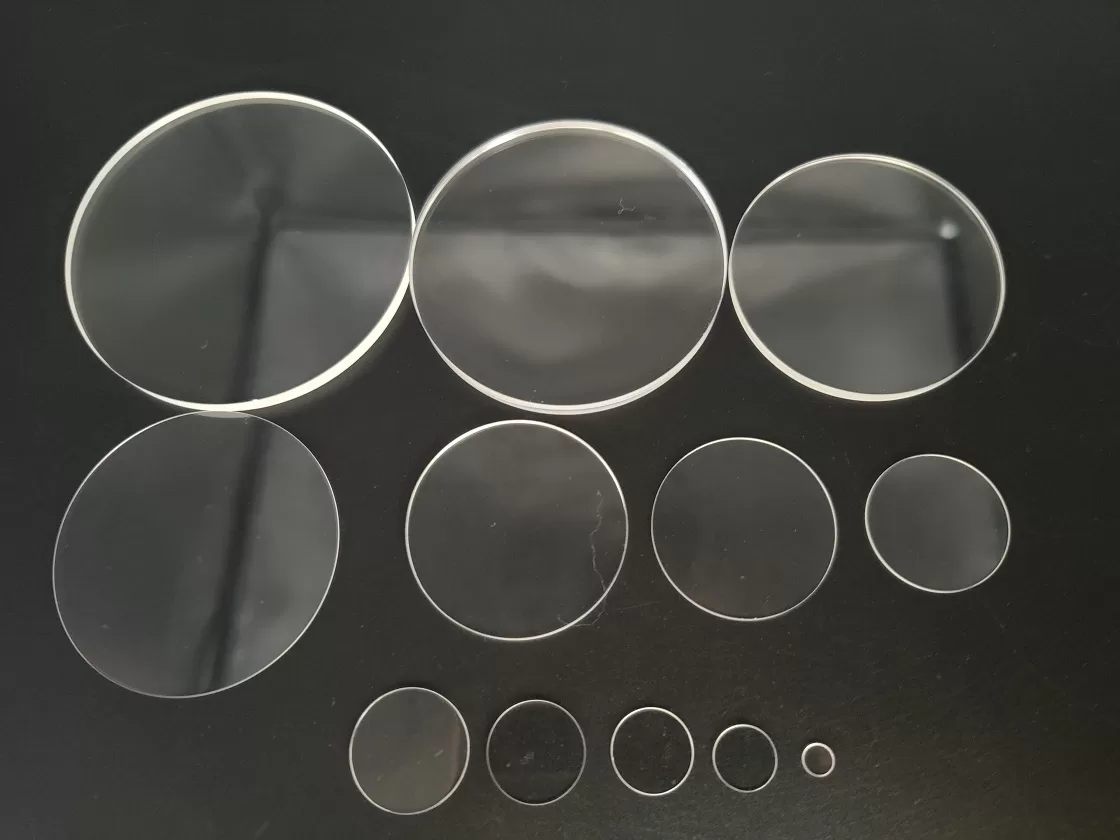
Quartz optical windows have garnered significant attention in various fields due to their exceptional optical properties and versatility in applications. This comprehensive abstract explores the myriad aspects of quartz optical windows, encompassing their composition, manufacturing processes, optical characteristics, applications across diverse industries, and future prospects.
